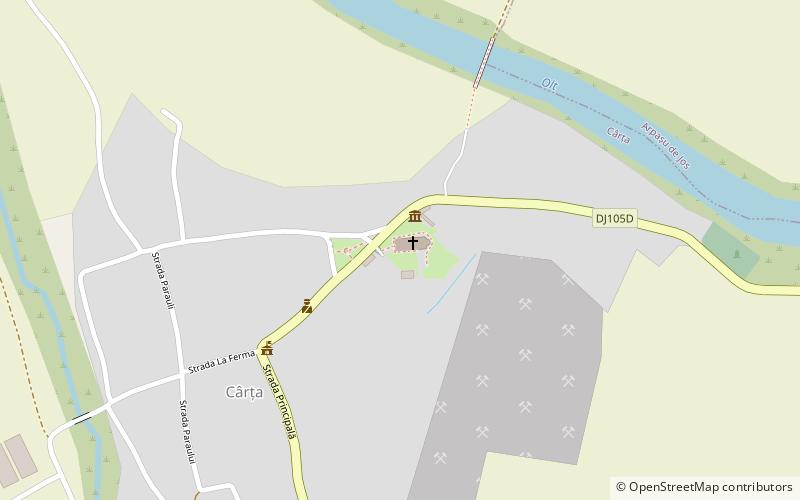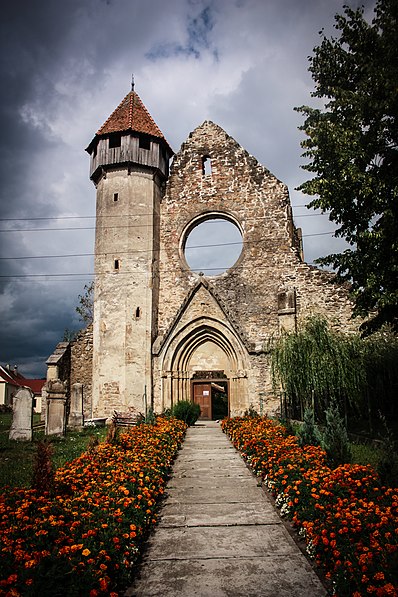Cârța Monastery


Facts and practical information
Nestled in the heart of Romania, the Cârța Monastery stands as a testament to the country's rich religious heritage and architectural prowess. This Cistercian monastery, founded in the early 13th century, is a remarkable example of early Gothic architecture, infused with the austere beauty characteristic of Cistercian design.
The monastery is situated in the picturesque region of Transylvania, offering visitors a glimpse into the spiritual and cultural life of medieval Romania. Despite the ravages of time and history, parts of the original structure, including the church and some of the monastic buildings, have survived, inviting admiration for their resilience and craftsmanship.
The church, which is the main focus of the complex, boasts an impressive facade with pointed arches and ribbed vaults, hallmarks of the Gothic style. Inside, one can find remnants of frescoes and inscriptions that hint at the monastery's past grandeur. The serene atmosphere of the church interior reflects the contemplative life of the Cistercian monks who once lived and prayed here.
Cârța Monastery is not just a monument of stone and mortar; it is a cultural landmark that embodies the spiritual quest and artistic expression of an era long gone. Today, it serves as a historical site open to the public, offering a peaceful retreat for those looking to explore the depths of Romania's monastic traditions.
Sibiu
Cârța Monastery – popular in the area (distance from the attraction)
Nearby attractions include: Cârțișoara.

